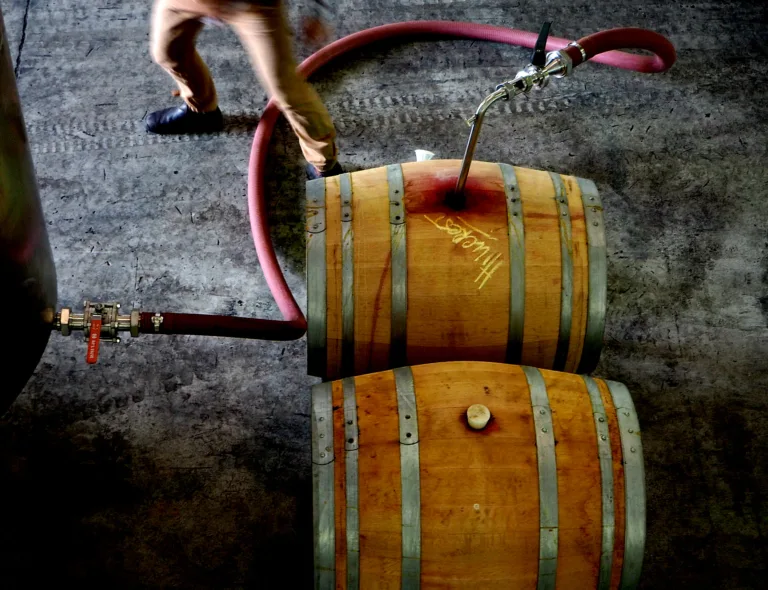The term ‘small but mighty’ could have been coined to describe Tasmania, at least in terms of its winemaking prowess. With just over 26,000 square miles of land to its name and a mere 2,000 hectares of vineyard plantings, the state could so easily be overshadowed by the vast Australian mainland to its north.
But take a close look at the results from the Decanter World Wine Awards (DWWA) judging in May and it seems that Tasmania’s day in the (albeit cooler-climate) sun has arrived.
The 2024 results for Tasmania were outstanding with two Best in Show awards, three Platinum medals and four Golds. Before this year, no Tasmanian wine had been garlanded as Best in Show since the Awards’ inception in 2004. That performance is no mean feat, especially when you consider that only 50 wines earned this accolade in 2024 (just 0.28% of the total wines tasted).
Given its relatively diminutive proportions, Tasmania punches far above its weight. To put things into perspective, it has 160 licensed wine producers and some 230 vineyards (England, though twice the size of Tasmania and very much an ‘emerging’ wine country, has more than 1,000 vineyards).
Tasmania accounts for just under 1% of Australia’s total national vineyard acreage, yet it accounts for more than 4% of the total value. Those figures paint a picture of a region where quality is uppermost.
Chardonnay and Pinot Noir evidently thrive here: all the Tasmanian Best in Show, Platinum and Gold winners, both still and sparkling,






